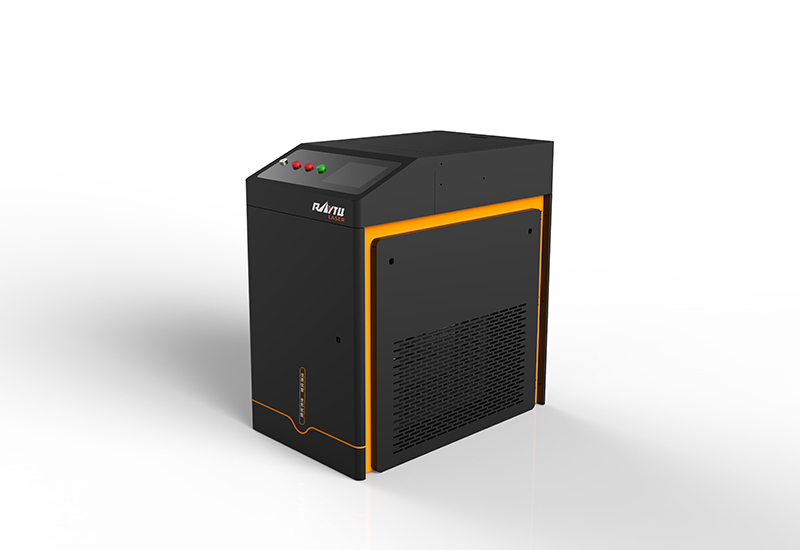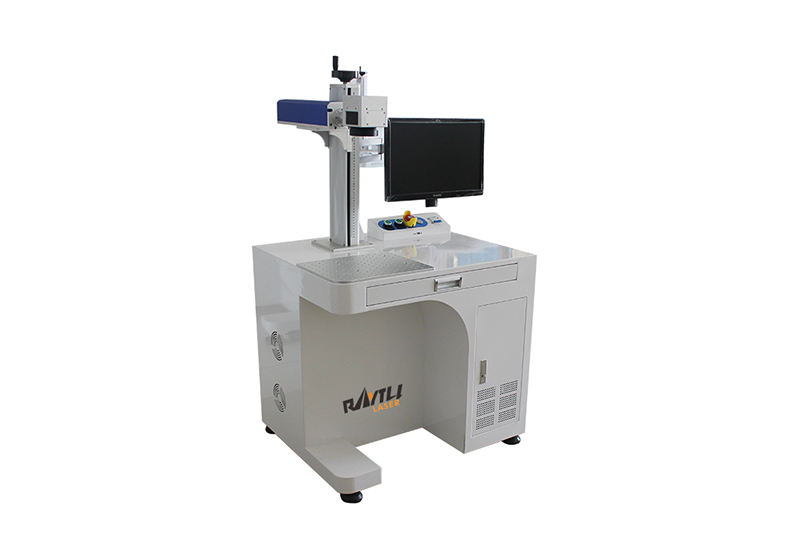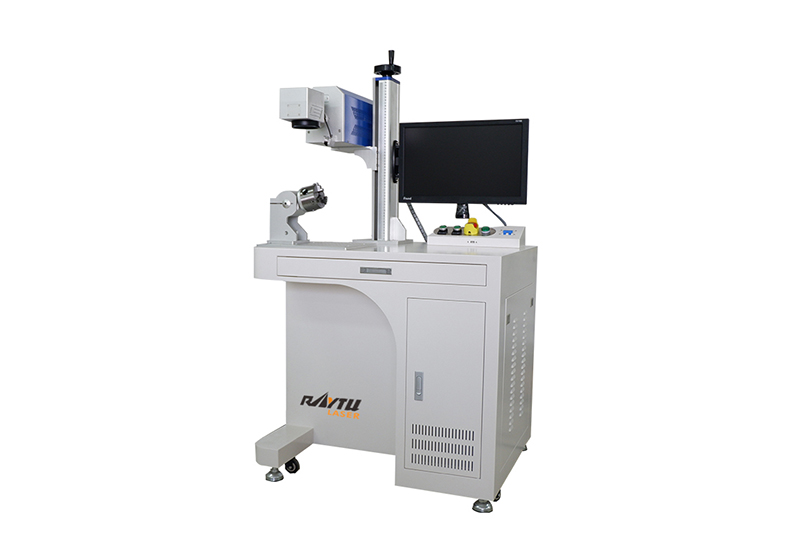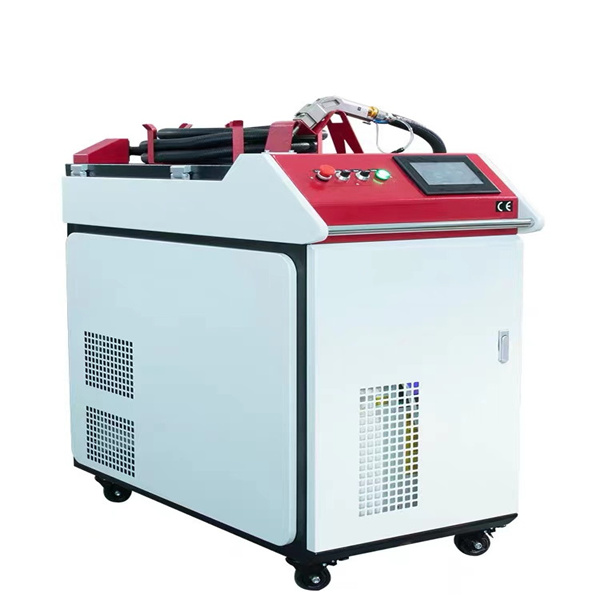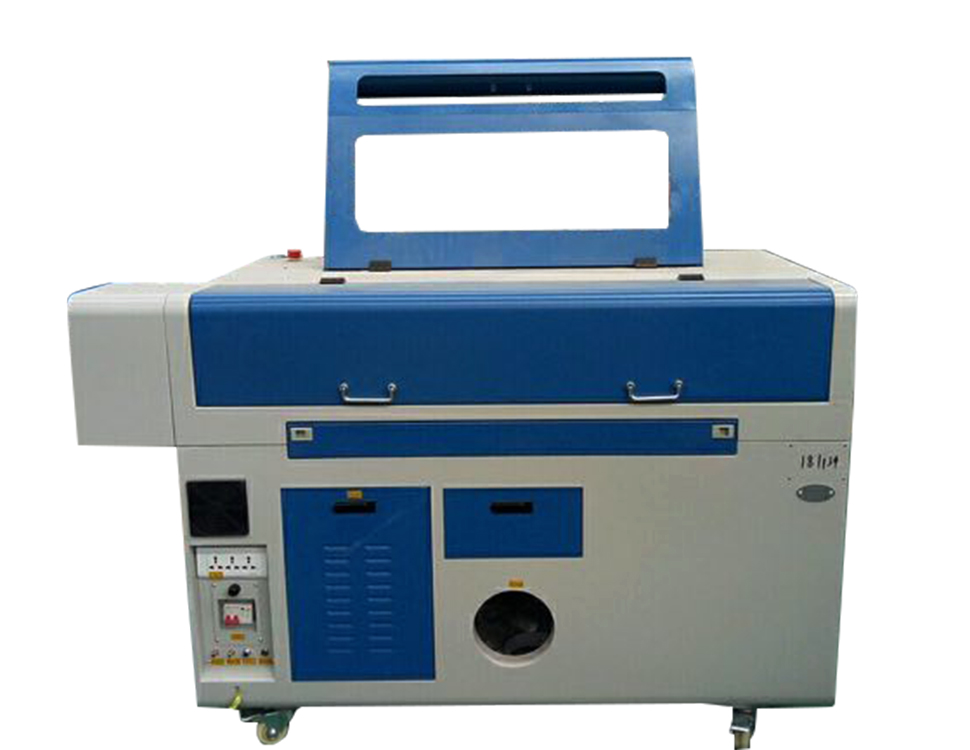The emergence of optical frequency comb technology has achieved the unification of the electromagnetic spectrum. It breaks the boundary between the time domain and the frequency domain and greatly promotes the development of optical precision metrology. The dual-comb system, which was born from the optical frequency comb technology, has built a bridge between optical frequency and radio frequency. The dual-comb system can equivalently generate a down-converted "RF comb" through the multi-heterodyne interference of two optical frequency combs, thereby transferring the high stability characteristics of optics to the radio frequency domain. At the same time, in the field of high-precision time domain metrology, dual-comb interferometers have also opened up new ways for it, such as absolute distance measurement based on the "time of flight method", "pump-probe" technology for analyzing ultrafast dynamic processes, and "long-distance clock synchronization" technology, which is due to the low timing jitter characteristics of dual-comb interferometers.
Relative timing jitter measures the relative jitter between ultrashort pulse sequences and is an important indicator for characterizing the time domain stability of dual-comb interferometers. Therefore, measuring and compressing relative timing jitter is of great scientific significance. The measurement and characterization methods of relative timing jitter can be roughly divided into two categories: electrical and optical. The bottleneck of the electrical solution lies in the detection bandwidth of photodetectors and electrical devices. This characterization method not only sets an unnecessary lower limit for the measurement, but also introduces irrelevant detection noise, which reduces the accuracy. Optical methods can track relative timing jitter in real time, with detection sensitivity reaching attoseconds, or bypass bandwidth limitations by setting a continuous light reference. However, optical methods require a frequency reference or have strict requirements on power and pulse width.
The research team made a free-running dual-comb light source as a nonlinear polarization rotation mode-locked fiber laser (Figure 1) with a repetition rate of 100 MHz and a bandwidth coverage of more than 100 nm. In this scheme, the establishment of relative timing jitter time-frequency mapping is based on the advance calibration of the carrier envelope offset frequency, and then realized by a narrowband phase-shifted fiber Bragg grating (PS-FBG). By introducing the F-P cavity, a calibration algorithm (Figure 2) was further constructed to synchronously collect three interference signals (sample path, PS-FBG path, and F-P cavity path), and phase calibration and wavelength calibration were performed in sequence to finally obtain the distortion-free interference signal of the sample.
The research team examined the calibration algorithm, especially the effectiveness of the wavelength calibration algorithm in the free-running mode. The absolute wavelength position of the F-P cavity resonance peak provides a stable reference for wavelength calibration, which can be used to eliminate the absolute wavelength deviation introduced by the relative timing jitter, which is equivalent to achieving the compression of the relative timing jitter. And from the magnified results in Figure 3 (b), it is not difficult to find that within the entire working bandwidth, the residual wavelength deviation is less than 0.4 pm. This statistical result confirms that this method achieves a measurement sensitivity of 10-13s (sub-picosecond level) for pulse-to-pulse relative timing jitter. In addition, the research team also examined the Allan variance of the absolute wavelength deviation at the center wavelength/far from the center wavelength, and found that it can achieve a stability of 10-10 after multiple coherent averaging.
This scheme provides a new approach for the susceptible measurement and post-processing of relative timing jitter in dual-comb platforms in the frequency domain, and also has a significant potential impact on precision applications such as absolute distance measurement, clock synchronization, and high-resolution spectroscopy. The introduction of a broadband F-P cavity to track the wavelength deviation caused by timing jitter with high sensitivity has potential application value in high-capacity optical sensing and optical network systems.
 High Power Fiber Laser Cutting Machine
High Power Fiber Laser Cutting Machine
 Enclosed Fiber Laser Cutting Machine
Enclosed Fiber Laser Cutting Machine
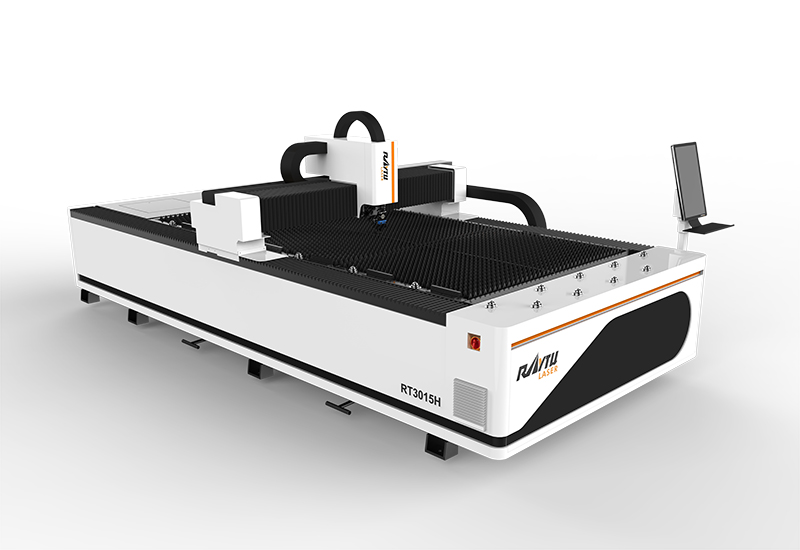 Sheet Metal Laser Cutting Machine
Sheet Metal Laser Cutting Machine
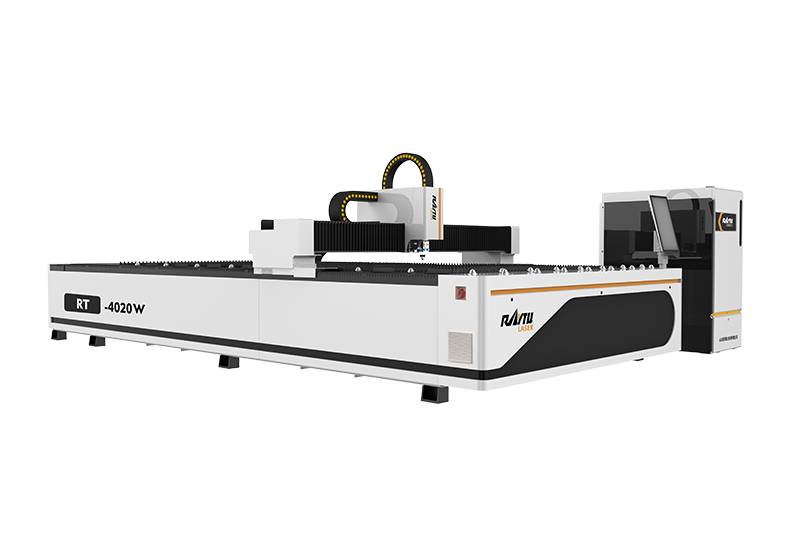 Medium Power Metal Laser Cutting Machine
Medium Power Metal Laser Cutting Machine
 Automatic Tube Laser Cutting Machine
Automatic Tube Laser Cutting Machine
 Coil Fiber Laser Cutting Machine
Coil Fiber Laser Cutting Machine
 RTC-12036M 3 Chucks Tubeeber Laser Cutting Machine
RTC-12036M 3 Chucks Tubeeber Laser Cutting Machine
 Single Table Enclosed Fiber Laser Cutting Machine
Single Table Enclosed Fiber Laser Cutting Machine






 EN
EN ES
ES RU
RU AR
AR